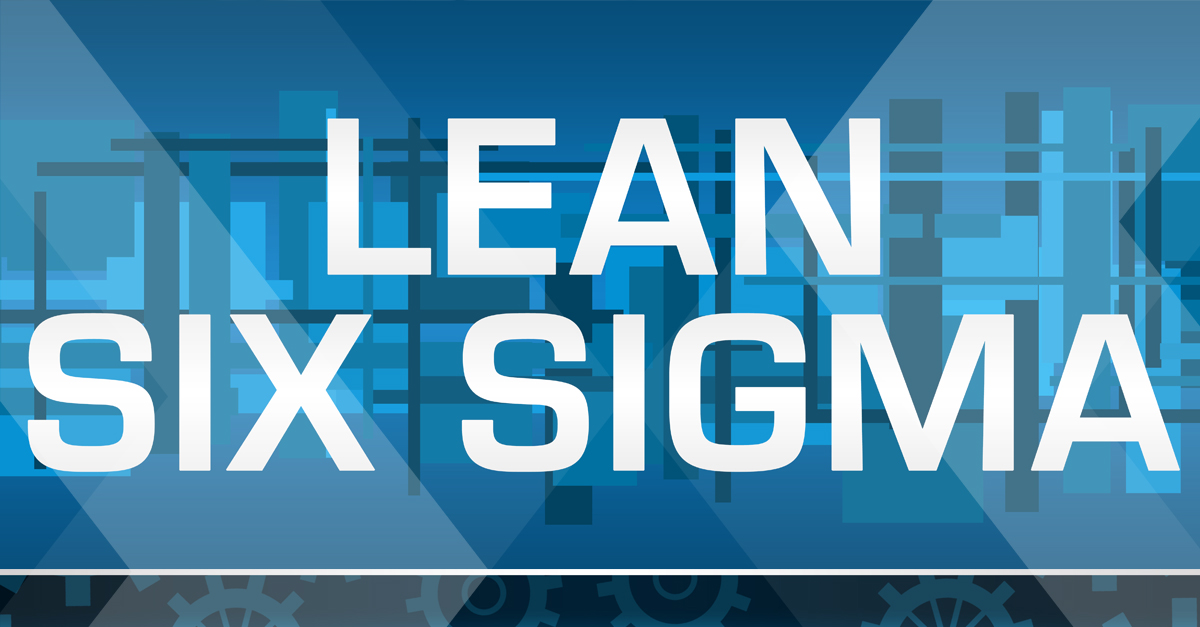Odessa Residents - Learn Lean Six Sigma’s History Here
Contact Us

It can be difficult to keep up with Lean Six Sigma history as it is confusing based on how it comes from two individual methodologies and all the influences it has from others. However, to have a short introduction, Lean, one of the methodologies, was first introduced in the 40s, while Six Sigma was developed in the 1980s. LSS was created later to combine both methodologies or, at least, get the best from them to come up with a final method, which allows organizations tangible results and achieve the goal of continuous improvement.
At Lean Six Sigma Curriculum for Odessa High School Students of Texas, we are experts in this area, and the first step we take for those who want to learn about the methodology is to teach them some details about history.
We love to introduce our students to the methodology’s history and purpose before they enroll in any of our courses or training, as it will help them comprehend where everything comes from and how LSS came to be.
In recent years, Lean Six Sigma has been considered for use in other industries besides manufacturing, which is another great reason to have a look at its history since it explains its evolution better.
Why is this methodology so influential in today’s market?
LSS was established to address the problem of Japanese companies dominating production and markets in the 1980s. American companies were falling behind, and it was nearly impossible to compete with them.
Since Japan introduced Kaizen and other methodologies that focused on customer satisfaction, continuous improvement and reducing waste, results were on top.
History reveals that the USA industries used both Six Sigma and Lean to achieve better results as a response to this and ended up coming with the option of having an entire methodology set with principles and structures from both.
What Methodologies Competed with LSS at the Same Time?
Before you can implement Lean Six Sigma or dive deeper into its structure now, it is important to fully understand Six Sigma logic and the solutions it offers to other methodologies used by competitors, like:
- Kanban method for workflow management.
- Kaizen is a method and philosophy of continuous improvement and self-development.
- Value stream mapping for optimizing process delivery.
- Five steps to optimize work using the 5S model.
They are all part of the competing methods back in the 80s and are also part of LSS’s bases today since finding a solution is often achieved by knowing what you are competing with and implementing it.
With this in mind, it is crucial to, next, dive into what the main methodologies of LSS are.
How Do Lean & Six Sigma Work?
First, let’s set the dates. Toyota developed Lean in the late 1940s as a way to reduce non-value-adding activity. This would lead to a procedure ad cycle that maximizes operations and ensures better results.
For it, Lean management’s core values include:
- Your guide is your customers’ perspective.
- Reduce all work-related waste as much as possible.
- Continue to improve and keep your customers in mind.

Toyota Production Systems (TPS), which is where Lean was first established, is also where we first notice its usage. Some data shows that Lean was founded upon Henry Ford’s innovations, Business Process Redesign, and other business processes. Still, there are many conjunctions around Lean and how everything evolved over the years as well.
With this in mind, Lean follows a similar process to this:
- Lean begins with determining the customer’s added worth.
- Processes and cycles for value stream or mapping.
- Recognize wastes and improve flow. To expose waste, data is collected and shared. This is the first step to improving the process.
- Next, discuss how to set it all up so it can start when the customer asks and deliver when necessary.
- Employees will be able to identify areas where they can improve and will work together to fix them. This allows for process-wide thinking, and everyone is focused on meeting the customer’s needs.
Meanwhile, for Six Sigma, the method was developed by Motorola, and General Electric used it successfully at the time. Six Sigma, a process improvement technique that dates back to the 1980s, was first used to reduce variability in manufacturing processes.
It follows the DMAIC structure, which ensures processes and wastes can be identified, measured, and analyzed to improve and control later.
The model can also be ordered in DMADV (Design for Six Sigma) or DFSS versions. Identifying and measuring the most important indicators within a company is possible. This will help you identify areas that need improvement. Six Sigma provides managers with tools and targets to help them create a structured improvement plan.
Where Does LSS Stand?
Lean Six Sigma was born in the USA. Its history is based on the fact that both Six Sigma and Lean combined achieved great manufacturing results in the late 1980s and how it could help with waste reduction in particular.
It has been a process of adding principles and structures from the previous two, and since then, the method has remained almost the same except for its adaption to the industry or person it is for.
It has since been used in many industries and is now a valuable addition to any curriculum if you’re a practitioner. If you are interested in adding training and certification to your school’s curriculum or for your next job, don’t hesitate to contact us!

